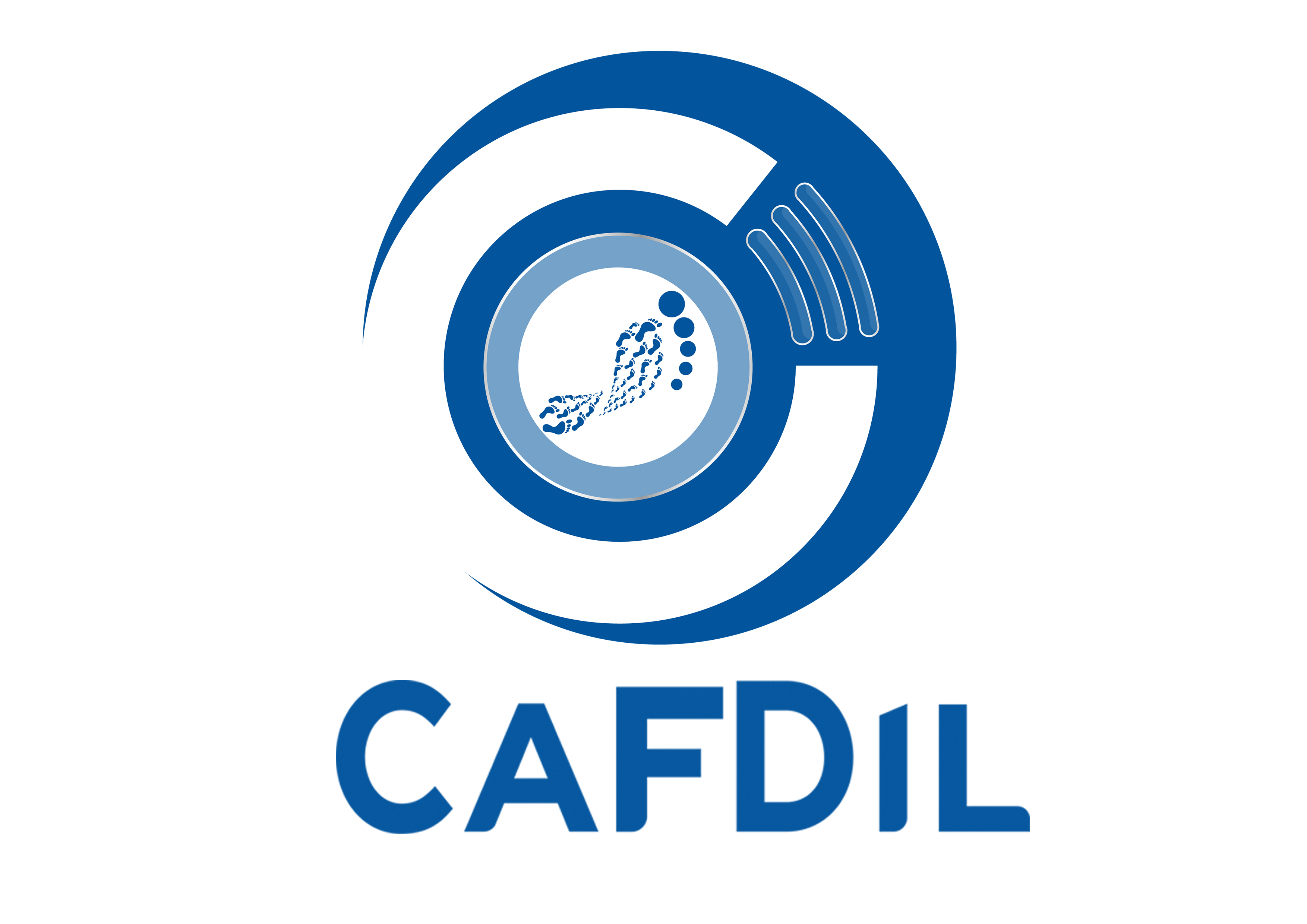Tel: +2332457-09955 Email: info@cafdil.com
PROJECT OBJECTIVES OF CAFDIL:
- To accelerate the accessibility of quality education to deprived and disadvantaged rural children, youth, and adult learners( determined oldies) and, in the long term, provide low-cost education.
- To collaborate with Government in providing deprived and disadvantaged communities with a suitable learning process.
- To provide a suitable learning environment including character formation to children and youth who lack access to education;
- To reach at least 250 communities within the first three years of implementation.
- To educate/inform about basic issues of life: health, sanitation, nutrition, disease prevention and control, governance, morality, recreation, etc.
STRATEGY FOR IMPLEMENTATION
The CAFDIL project is built around several components that can be briefly summed up as:
- A team of educationists to develop lessons workbook and facilitators guide in accordance with the current Ghana education curriculum.
- A team of educationists to research and identify remote and deprived communities/schools for the pilot phase of the project.
- Technical and administrative teams to put in place the necessary structures for the teaching and learning process via television and/or the internet.
PROJECT IMPLEMENTATION PHASES
The modes of teaching and learning transmission are:
- Reception Only Mode: At this stage, the learning centres/schools will receive audio-video signals broadcast from the CAFDIL studio located in Cape Coast.
- Interactive Mode: This phase will use Bi-Di-Box Technology to enhance the teaching and learning process. Students will be able to receive lessons as well as ask questions and receive feedback from the teacher at the CAFDIL studio.
PROJECT DESCRIPTION
As indicated above, the project will be executed in two principal modes:
In the “Reception Only Mode,” lessons and educational materials will be produced and broadcast from the central transmitting point (CAFDIL studios) at Cape Coast and received as Television signals at the learning centres. Each CAFDIL centre will be equipped with a projector, a DVD player, decoder and an antenna for receiving transmission signals. Supplementary materials such as DVD’s, workbooks and teaching aids will also be produced and distributed to the learning centres to be used under the guidance of local learning facilitators.
In the “Interactive Mode”, the learning centres will be provided with equipment and technology to enable them to interact with the teachers and pupils at the CAFDIL studio and other learning centres during lessons.
The pilot stage of the CAFDIL project is scheduled to run for two years. This is expected to be a learning stage for the project to identify problems, build capacity and prepare the grounds for future roll-out. The initial target group of the project will be lower primary pupils from class one through to class three.
After the pilot phase, it is expected that each year, a new group of pupils will be added until the entire basic education curriculum of six years covered by the CAFDIL project. This will be pursued with the view of developing the project into a school system to cater for the needs of the target groups identified by the project and to supplement, where necessary, the lessons delivered in the regular basic schools.
